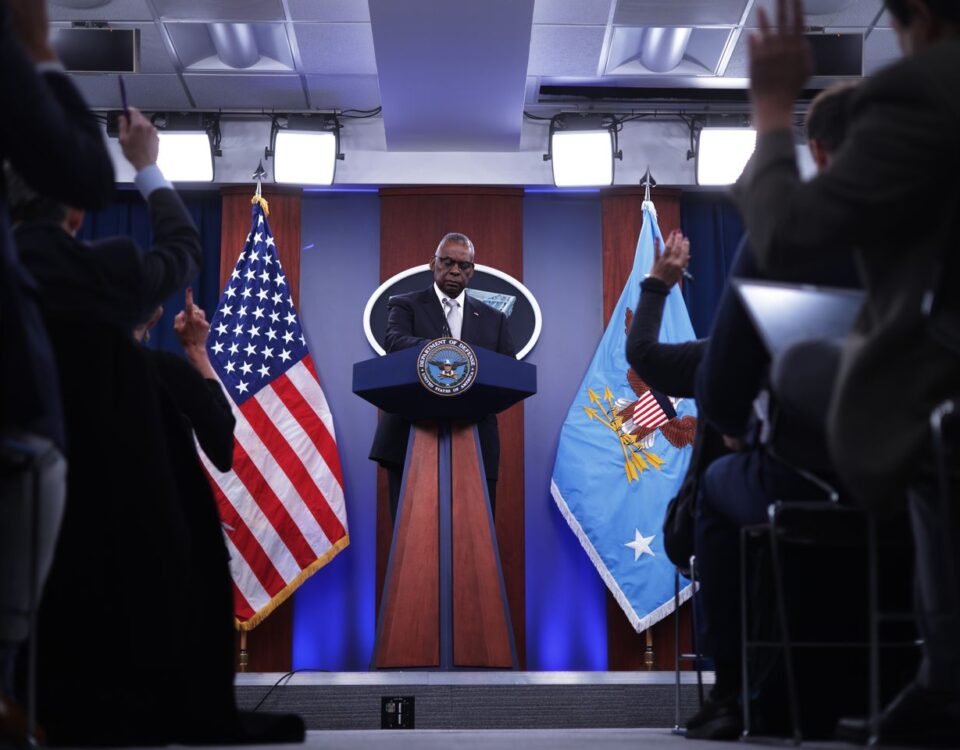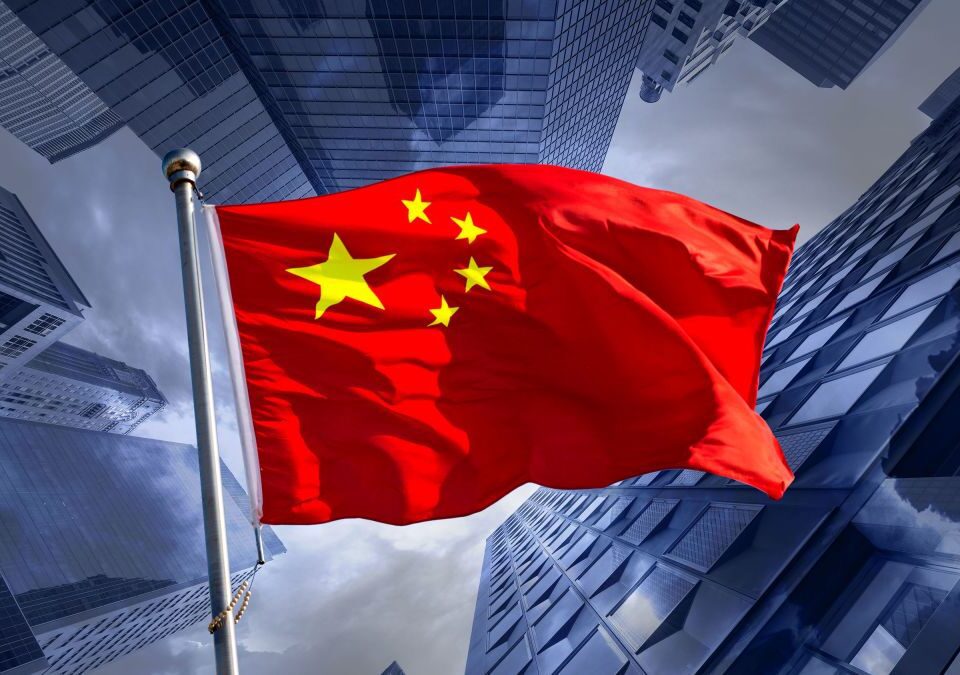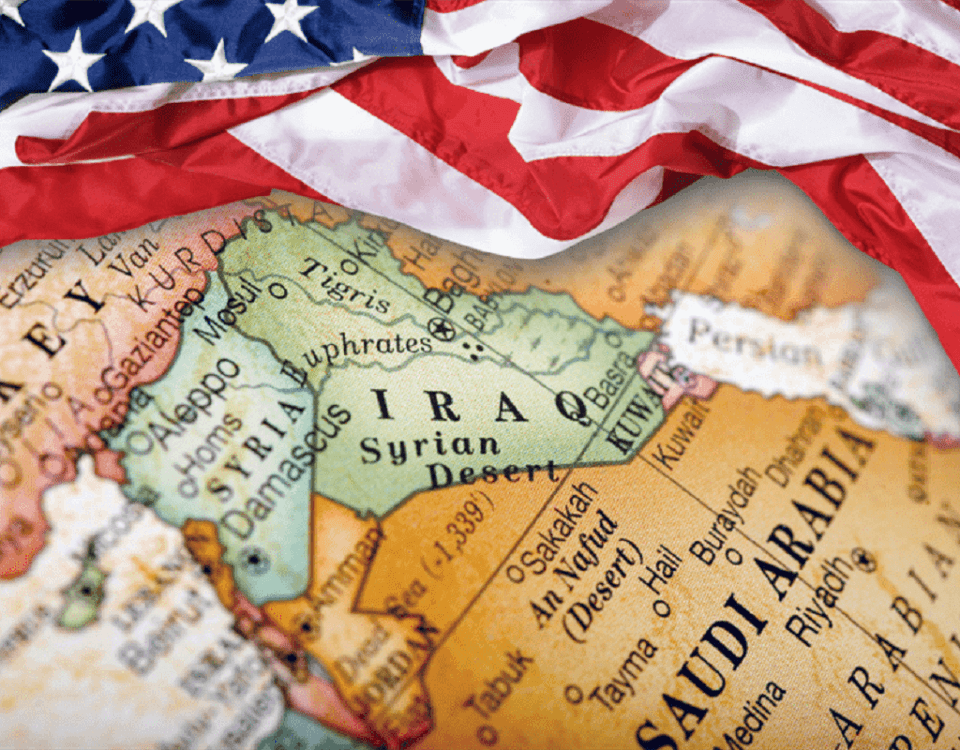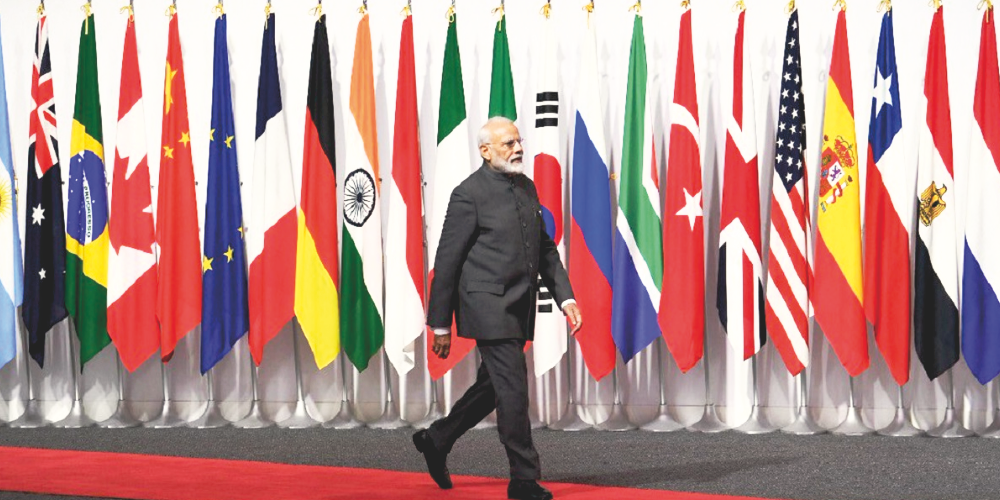
India And Its “Reliability” Factor
November 16, 2022
India’s Failed Attempt at the UNSC
January 28, 2023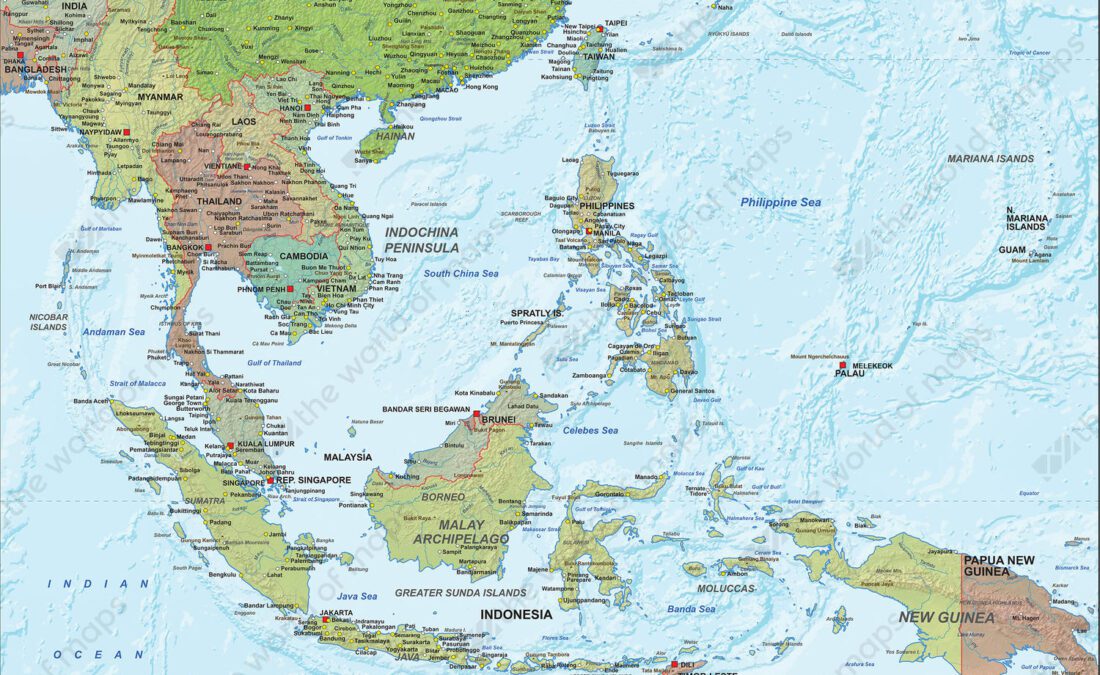
| Sebastian Strangio in his masterfully articulated book, ‘In the Dragon’s Shadow: Southeast Asia in the Chinese Century’, offers insightful analysis of Chinese economic and cultural influence in the Southeast Asian region; explaining how it is fast becoming a battleground for global contestation. However, I will be reviewing his work mainly intending to draw pertinent lessons for Pakistan, particularly in its dealing with China. Before we embark on the journey of eleven diverse and economically rising Southeast Asian States and their ambivalent relations with China and the USA; we need to keep in mind that China’s stratagem of handling its foreign policy is influenced by Sun Tzu’s famous saying subduing the enemy without fighting’. More details about this will be discussed when see what lessons we can draw for Pakistan. Sebastian Strangio has divided his work into ten exciting chapters, homing on each one of eleven states, turn-wise. Since the end of the Cold War, China has risen from a mid-table power in Southeast Asia to an economic, military, and even cultural force in the comity of eleven nations of the region: Vietnam, Cambodia, Laos, Thailand, Burma, Singapore, Malaysia, Indonesia, Brunei, East Timor, and the Philippines. From the Mekong River to the South China Sea, China’s power is rapidly reshaping the region. South China Sea laps the shores of eight of these States. Founded in 1967, in Thailand, ASEAN comprises ten of the eleven South East Asian states. The eleventh state, of East Timor, is so far striving hard to get the membership, but so far has not been able to scale this. It is noteworthy that, in 2007, China surpassed the USA and now is the 3rd largest trading partner of ASEAN after the EU and Japan. ASEAN faces a serious dilemma of dealing with two leading global economies of the USA and China, the latter has surpassed the GDP of the former in terms of Purchasing Power Parity, to say the least. They have to walk a tightrope to counter nuclear-armed rising China. The region is inhabitant by 650 million people with a $ 3 trillion economy, 5th largest after the US, China, Japan, and India, therefore, China is also very calculative in dealing with all ASEAN States. Since the defeat of China in the Opium wars of 1839-42, CCP refers to as the “Century of Humiliation”, and shortly after taking office in 2012, Xi Jinping vowed to restore China to its ancient prominence and glory. For the first time in over half a millennium, China has taken to the Seas, asserting sovereignty over most of the South China Sea. While China is not seeking to replace the USA as the global hegemon, it does want to reclaim something it enjoyed in East Asia before its subjugation by the Western empires and imperial Japan. Deng Xiaoping in 1978, in a famous, 24 characters, instructed his colleagues, “Hide our capacities and bide our time. Be good at maintaining a low profile. Never claim leadership.” Today, China is pursuing this policy alongside strictly observing the stratagem of Sun Tzu of subduing the enemy without fighting. To achieve this, the Chinese have invested and studied the minutest details of the region and made long-term policies and CCP has followed them uninterrupted, due to one party system in the country. To quote one example from the book, “The Ministry of Foreign affairs began encouraging its diplomats to undertake multiple rotations to the same country to develop the local contacts in business and politics that would later serve them well as ambassadors.” One of the cornerstones of Chinese Strategy is Economics First. As the author quotes in the book, “Economics is the priority and politics will follow; economics will carry forward and spur politics. “To optimally achieve this, China has to dampen maritime tensions in the South China Sea either diplomatically or with threat or use of force. This will be achieved by China through the employment of various forms of economic coercion against other states and taking assertive actions to shape other nations’ public opinion and political outcomes in ways favorable to Chinese interests. China implies a smart strategy of first promising non-interference in the internal affairs of any state, followed by an announcement of infrastructure projects: as in the case of CPEC in Pakistan, more of that later. Now let us take down this scholarly analysis: Land of “soft openings” as described by Ian Johnson in his book The Souls of China: projects are first announced to big fanfare, structures erected as declarations of intent, and then filled with content. In 1990, China’s trade with the region was worth just over $7.5 billion; by 2018, it had risen to some $642 billion – a more than 85-fold increase. And there is a blurred distinction between state and private projects as the Chinese keep things vague, purposefully, and make all endeavors to accrue optimum compensations for the dysfunctional state machinery of any particular state. These numbers prove Ian Jhonson is right in his analysis as above stated. ASEAN-China relations cannot be seen in isolation without mention of American geo-strategic interests in the region. In 2011 Obama administration announced a “pivot” in American Foreign Policy, re-directing its attention toward Asia from the Middle East. Later, it was re-branded as ‘re-balance’. To counter this, China has adopted an “an-all-of-nation long term strategy’ that seeks Indo-Pacific regional hegemony in the near term and displacement of the USA in the longer term. The US Indo – Pacific Strategy Report released in 2019, declared that Indo – the Pacific is “the single most consequential region for America’s future’. It spurs Free and Open Indo Pacific (FOIP) as only vaguely implemented. Rightly or wrongly, however, many in the region view FOIP as being motivated primarily by an American desire bid to curb and contain China. China faces multiple issues in the region and many bulwarks are working for its containment. Japan offers a good alternative to China’s BRI in ASEAN Region. In addition, South Korea, Russia, Australia, and Taiwan will all remain closely engaged in the region. The EU, the UK, and India will also continue to be important economic players. Sebastian Strangio concludes the book with views that, The coming century in Southeast Asia looms as one of flux and strain; less a new Cold war than a frosty, “Eastphalian” peace. Lastly, five pertinent lessons for Pakistan. First, in dealing with each other, China and Southeast Asian states, have dealt mainly on basis of economy and not ideology. So, Pakistan has to see her Foreign Policy to be evolved economically, rather than purely based on ideology. Pakistan has to move miles ahead of the old maxim of being taller than the Himalayas and deeper than the Oceans. CPEC projects must be viewed economically, and timely completion and due share must be negotiated with utmost meticulousness. Internal political chaos can and may have cost us dearly as a nation. Realpolitik should be the cornerstone of dealing with any nation, including China. Secondly, Pakistan needs to learn statecraft, and strike balance in her approach to China and USA. Singapore is considered the most successful nation to skillfully deal with both China and USA based on realpolitik. Only a strong man at home can challenge and sternly ask anyone trying to interfere in our internal matters. But a weak government at home benefits both China and USA in their dealings with Pakistan. Thirdly, the region of ASEAN has huge potential for our youth bulge to get involved in the region, our workforce has enormous opportunities in this region, and there is a need to adopt an aggressive foreign policy to gain access in the region. In doing so, we have to maintain a balance between China and USA. Fourthly, tourism is the most untapped source of Pakistan, there is a need to ease our visa policies for the ASEAN region. Before that, the security situation in the country needs a sustaining normalization. Lastly, and most importantly, Pakistan’s arch-adversary India is eyeing a prized position in the region; we need to see this in the context of trade and economic liberalization, ‘Economy first, War later or perhaps Never’; could be immensely valuable for the whole of Asia. Eastphalian democracy, as the author mentions in his book, has many lessons for both India and Pakistan. From a nuclear flash point in the region to become the key players in the professed new global order, both nations have got a lot to gain. Zarrar Zafar is an MPhil student of International Relations at QAU. He tweets @bookscache. |



